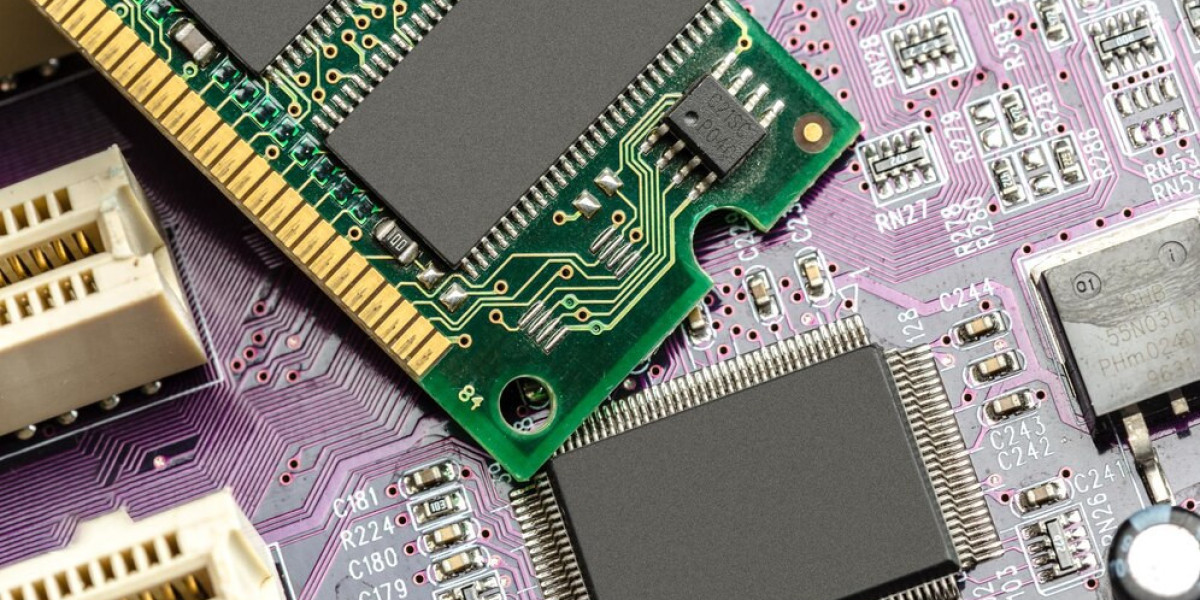Flexible printed circuit boards (PCBs) are revolutionizing the landscape of circuit board design, offering a myriad of advantages over traditional rigid PCBs. As the demand for compact, lightweight, and high-performance electronic devices continues to surge across various industries, the versatility and reliability of flexible PCBs have positioned them as the future foundation of innovative electronics. In this article, we delve into the realm of flexible PCB technology, exploring their benefits, applications, design considerations, success stories, and the evolving trends that are shaping the future of circuit board design.
What Are Flexible PCBs?
Flexible PCBs, or flexible printed circuit boards, are a type of circuit board that offers flexibility in design compared to traditional rigid boards. They are made of flexible and bendable materials that allow them to conform to different shapes and spaces.
History and Evolution of Flexible PCB Technology
Flexible PCB technology has come a long way since its inception in the mid-20th century. Initially developed for military and aerospace applications, flexible PCBs have evolved to become essential components in various industries due to their versatility and reliability.
Advantages of Flexible PCBs in Circuit Board Design
Improved Flexibility and Durability
One of the key advantages of flexible PCBs is their ability to withstand bending and twisting without compromising performance. This flexibility makes them ideal for applications where rigid boards would be impractical or unreliable.
Space and Weight Savings
Flexible PCBs are thinner and lighter than traditional rigid boards, making them perfect for compact electronic devices where space is at a premium. Their lightweight nature also contributes to overall weight savings in products.
Enhanced Signal Integrity
Flexible PCBs offer improved signal integrity due to reduced electromagnetic interference and signal loss. This makes them suitable for high-frequency applications where signal accuracy is crucial.
Applications and Industries Benefiting from Flexible PCBs
Automotive Electronics
The automotive industry benefits greatly from the use of flexible PCBs in vehicle systems, such as airbag sensors, infotainment displays, and engine control units. Their durability and space-saving capabilities make them ideal for the harsh environments of cars and trucks.
Medical Devices
Flexible PCBs play a vital role in medical devices, where compact size and reliability are paramount. They are used in devices like pacemakers, medical imaging equipment, and wearable health monitors, enabling advancements in healthcare technology.
Consumer Electronics
From smartphones to wearables, consumer electronics rely on flexible PCBs to deliver cutting-edge features in sleek and lightweight designs. Their versatility allows for innovative product designs that meet the demands of today's tech-savvy consumers.
Design Considerations for Flexible PCBs
Material Selection
Choosing the right materials for flexible PCBs is crucial to ensure durability, flexibility, and performance. Materials like polyimide and PET offer excellent thermal and mechanical properties for reliable operation.
Bend Radius and Flexibility Requirements
Understanding the bend radius and flexibility requirements of the application is essential for designing a functional flexible PCB. Proper design considerations help prevent damage and ensure long-term reliability.
Thermal Management
Efficient thermal management is critical for flexible PCBs to maintain optimal performance and reliability. Incorporating thermal vias, heat sinks, and proper airflow design helps dissipate heat and prevent overheating issues.
So, there you have it – flexible PCBs are not just a futuristic concept but a practical solution revolutionizing circuit board design across industries. Whether you're in automotive, medical devices, or consumer electronics, embracing flexible PCB technology can give your products the edge they need in today's competitive market. Time to bend it like Beckham – or rather, bend it like a flexible PCB!
Case Studies: Success Stories with Flexible PCBs
Flexible PCBs have been revolutionizing the design and functionality of various electronic applications. Let's delve into two successful case studies that showcase the versatility and advantages of using flexible PCBs.
Application in Wearable Technology
Imagine a world where your fitness tracker seamlessly molds to the curve of your wrist, providing accurate data while being barely noticeable. This is made possible with flexible PCBs. The flexibility of these circuit boards allows for a more comfortable and ergonomic design in wearable technology, enabling manufacturers to create sleek and efficient devices that blend seamlessly into our daily lives.
Integration in Aerospace Systems
In the aerospace industry, where weight and space are critical considerations, flexible PCBs have become game-changers. These circuit boards can be custom-designed to fit into intricate and compact spaces within aircraft and satellites, optimizing performance and reliability. The lightweight and durable nature of flexible PCBs make them an ideal choice for aerospace applications, where every ounce matters.
Future Trends and Innovations in Flexible PCB Technology
As technology continues to advance at a rapid pace, the future of flexible PCBs holds exciting possibilities. Let's explore two key trends that are set to shape the evolution of flexible PCB technology.
Nanotechnology Integration
The integration of nanotechnology into flexible PCBs is poised to revolutionize the electronic industry. By incorporating nanomaterials into the design of circuit boards, manufacturers can enhance performance, increase efficiency, and reduce energy consumption. Nanotechnology integration in flexible PCBs opens up new avenues for creating smaller, faster, and more powerful electronic devices that push the boundaries of what is possible.
Enhanced Manufacturing Processes
Innovations in manufacturing processes are paving the way for more cost-effective and efficient production of flexible PCBs. Advanced techniques such as additive manufacturing and 3D printing are being utilized to create intricate and customized circuit designs with greater precision and speed. These enhanced manufacturing processes not only streamline production but also offer more flexibility in design options, allowing for greater creativity and innovation in electronic device development.
In conclusion, flexible PCBs are not just a trend but a significant advancement in circuit board design that is here to stay. With their versatility, durability, and adaptability, flexible PCBs are set to shape the future of electronic technology across various industries, from wearable devices to aerospace systems. As we embrace these future trends and innovations in flexible PCB technology, we can look forward to a more interconnected and efficient world powered by flexible and dynamic electronic solutions.
In conclusion, the versatility, durability, and space-saving capabilities of flexible PCBs are reshaping the way electronic devices are designed and manufactured. With a diverse range of applications and a promising future marked by ongoing technological advancements, it is evident that flexible PCBs are not just a trend but a transformative force in the electronics industry. Embracing the flexibility and innovation offered by flexible PCB technology is not just a choice but a necessity for staying ahead in the rapidly evolving world of circuit board design.
Original Sources: https://pcbtogo.wordpress.com/2024/05/21/why-flexible-pcbs-are-the-future-of-circuit-board-design/

